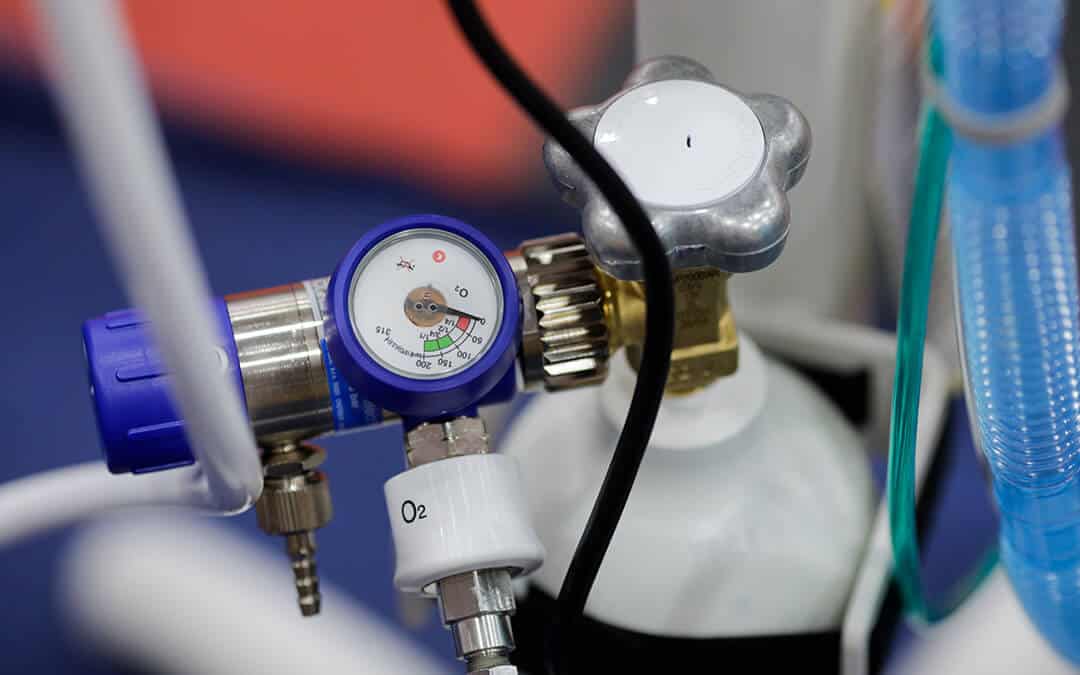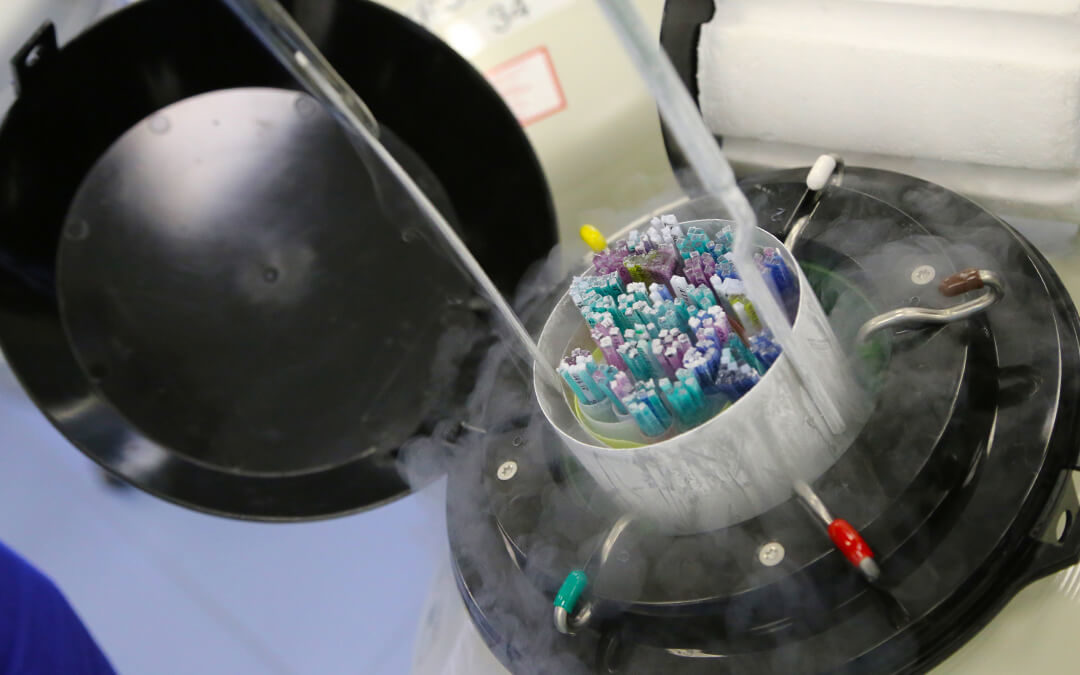A Promising Study
Studies are showing the many benefits of using oxygen therapy on key factors in fertility such as noticeable improvement of endometrial oxygenation and vascularization, better eggs and embryo quality, better response to ovarian stimulation, and an overall higher pregnancy rate. As Critical Care Obstetrics and Gynecology1 notes:
“There are many factors that ultimately impact on the male and female fertility and chances of conceiving, but our experience show that hyperbaric oxygen therapy could have positive impact on infertility treatment and increase male and female fertility.”

Let’s explore some of the connections between oxygen therapy and fertility.
Infertility is a complex and multifaceted issue — the most common causes of infertility being embryo and sperm quality, endometrial receptivity, repeated implantation failure, and ovarian reserve. While infertility treatments have vastly changed and even, one might say, improved in the era of modern medicine, they are still not a foolproof method for conceiving a child. Typically, doctors and clinicians first identify the risk factors that a couple faces that may be able to explain any sources or causes of infertility, after which diagnostics and therapeutic procedures are performed in infertility clinics. This, of course, results in varying rates of success.
When the client is at the stage of implantation, there are several factors to consider when one considers the rate of implantation success. According to “Hyperbaric Oxygenation Therapy in Infertility Patients2“:
Implantation will usually only take place if a good blastocyst (think of this as a cluster of cells in early embryonic development from which the embryo arises) exists and if the endometrium has reached a certain stage of receptivity with the adequate oxygenation, vascularization and endometrial growth.
The question before doctors and clinicians at fertility clinics then becomes: How can we create the optimal environment in which a good blastocyst can thrive? Might oxygen — or more specifically, hyperbaric oxygen therapy (HBOT) — improve the critical elements necessary to create the best endometrial receptivity?

In a 2016 study conducted in Serbia and published in Critical Care Obstetrics and Gynecology3, in order to improve all of the factors contributing to infertility, doctors and clinicians used hyperbaric oxygenation therapy “with different protocol regimes for more than 15 years. The patients were treated in a multi-placed chamber at a pressure of 2.1 ATA to 2.3 ATA during 70 minutes, 7 -10 days consecutively” beginning from the second to the fifth day of the menstrual cycle.
The results?
The study noted the following promising results in its patients:
- Improvement of endometrial oxygenation and vascularization
- Better egg quality
- Better response to ovarian stimulation
- Better embryo quality
- Higher pregnancy rate
Oxygen may have a lot more in common with fertility than one might think at first glance. Contact us if your fertility clinic needs medical grade oxygen.
1. Jovanovic AM. Hyperbaric Oxygenation Therapy in Infertility Patients. Crit Care Obst&Gyne. 2016, 2:1. doi:10.21767/2471-9803.100012
2. https://obstetrics.imedpub.com/hyperbaric-oxygenation-therapy-in-infertility-patients.php?aid=8389
3. Ibid
